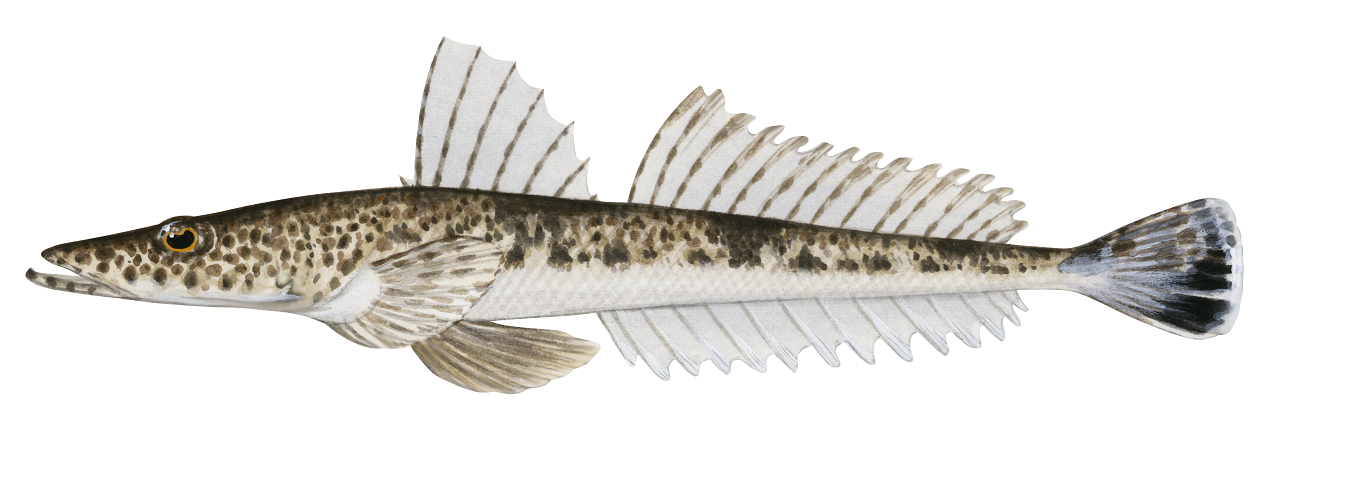Southern Sand Flathead
pinungana (Fish)
In palawa kani, the language of Tasmanian Aborigines, with thanks to the Tasmanian Aboriginal Centre.
Platycephalus bassensis (Southern Sand Flathead)

2022/23 Sand Flathead Status (Released August 24)
| Stock Status | DEPLETED | ||
| Summary | Recreational catches dominate landings of Southern Sand Flathead in Tasmania (Tracey et al. 2024). Fishery independent surveys indicate low abundances of legal-sized fish in southeast and eastern Tasmania where populations face heavy fishing pressure (Krueck et al. 2023). Although undersized fish appear abundant, length-based assessment suggest the female spawning biomass is likely depleted below critical levels in most regions. Moreover, the current levels of fishing mortality are likely highly unsustainable, particularly in areas where stock rebuilding appears to be most urgently needed. | ||
| Importance | Key | ||
| Stock | Tasmanian Scalefish Fishery | ||
| Indicator(s) | Catch, effort and CPUE trends | ||
| Managing Jurisdiction | State (Tasmania) | ||
Background
Southern Sand Flathead inhabit sheltered, shallow, coastal waters, typically over sand or silt (Edgar 2008). This is the most important species in the Tasmanian recreational fishery, with the most recent estimate of recreational harvest representing 98% of the total catch for that season (2017/18) (Lyle et al. 2019). Commercially, Southern Sand Flathead are caught primarily by handline, with some by-catch in the gillnet and Danish seine fisheries.
The full 2023 Southern Sand Flathead Assessment can be viewed at the link:
Learn more about what each stock status classification means on our Stock Status Classifications Information Page:




Social and Economic Indicators